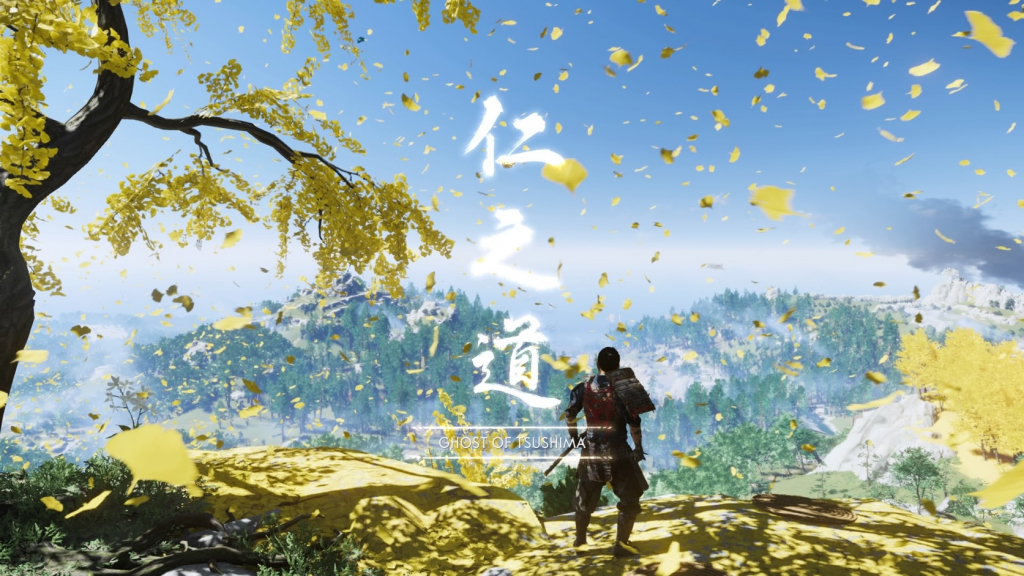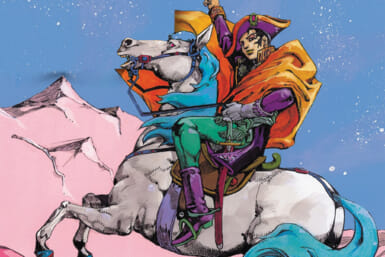Ghost of Tsushima, a video game developed by US-based Sucker Punch Productions, was released on July 17th to critical and commercial acclaim. Despite being American-made, the game is set during the 13th-century invasion of Japan by the Mongols, shortly before their fleet was decimated by a typhoon (and then again seven years later).
In Ghost of Tsushima, you play as Jin Sakai, a samurai who survived a fierce battle against the invading Mongols and was patched up by a kindly thief named Yuna. Now, Jin must use his bushido skills (and some less honorable stealth skills taught to him by Yuna) to reclaim Tsushima from the invading Mongol horde. In the game, you have free reign to explore the island, take out Mongol camps, forge alliances, and turn the tide against your invaders.
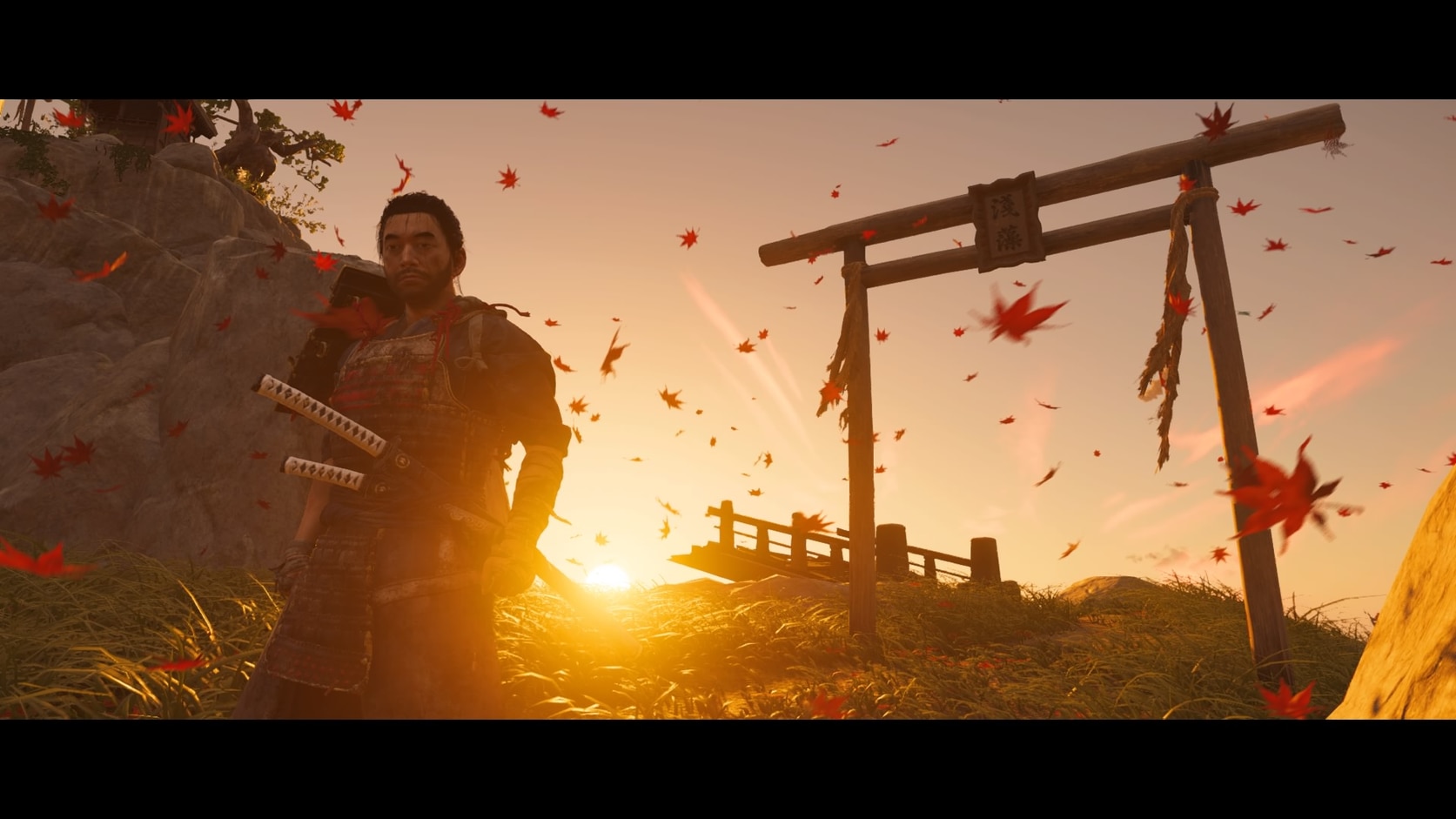
It was evident long before the game finally launched that it shared much of its DNA with some of this console generation’s biggest open-world properties; most notably the Assassin’s Creed franchise. Sucker Punch even went on record saying that the game’s biggest influence was that genre-defining open-world epic: Red Dead Redemption.
So, if Ghost of Tsushima is breaking no molds in its design, and so many mechanical features of the game have been refined over the years by other studios and their own open-world games, what makes the game so special? What sets it apart from the rest?
A New Way to Explore
The answer to this question seems to come down to observation. Every game in the Assassin’s Creed franchise — and, indeed, every open-world game of this generation — has had almost as many drawbacks as it has successes. To focus on the Assassin’s Creed series specifically, for a moment, those games (almost all Ubisoft games, in fact) have become known for their busywork. Every new game in the series offers players a bigger sandbox to play in, and fills that sandbox with more and more padding. Side quests, missions, minigames, endless distractions. The maps get bigger while simultaneously getting more densely filled in with things to do. For many players, opening up the map screen results in an anxiety-inducing bombardment of icons and markers to follow.
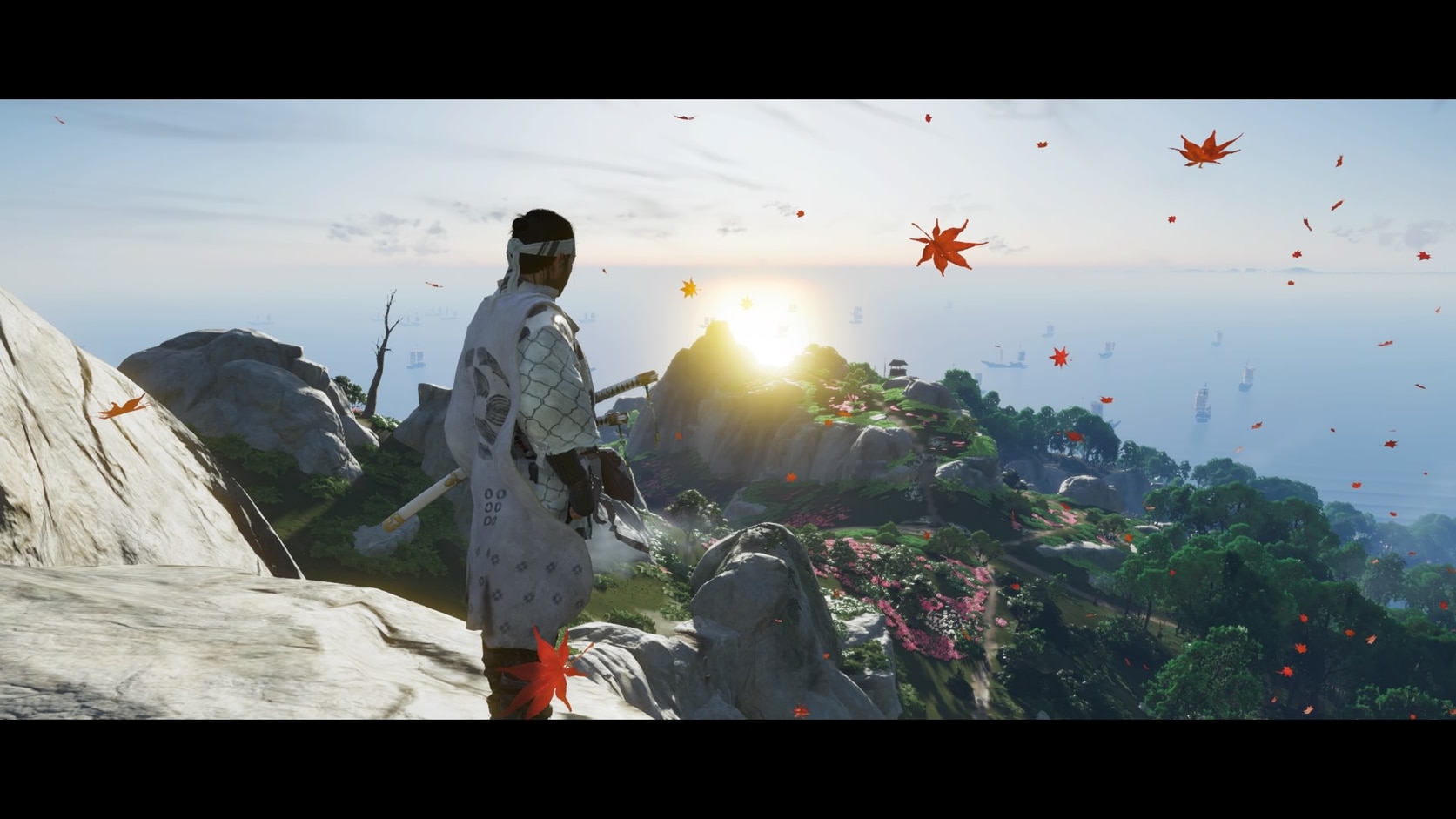
It’s easy to get the feeling, when playing Ghost of Tsushima, that the developers at Sucker Punch were quietly watching as each new Assassin’s Creed came and went. They read the reviews and the comments; they played the games; they sat in the shadows, listened, and plotted. The end result of that plotting is a game with all the best bits of an open-world game without all of the traps that developers inevitably put in. Ghost of Tsushima succeeds wholeheartedly because it’s a game of elements stripped down to their purest, clearest, most enjoyable forms.
“Ghost of Tsushima is, arguably, the prettiest game on the PS4.”
For example, let’s begin with that dreaded map. Every open-world game, even Breath of the Wild, has a big map screen in its menu and a mini-map that sits quietly in the corner of the screen. In every other open-world game, the big map is flooded with icons, each representing a distraction or piece of busywork. The mini-map will then work as a GPS, providing players with a line to follow in order to reach their destination.
Through just a few tweaks, the developers at Sucker Punch have managed to find a few ingenious ways to avoid the grind of following a GPS to your next bit of busywork and elevate the navigation experience completely. And, like a stroke of genius, all of this also manages to reinforce that samurai theme; the Kamakura period aesthetic. The game’s mechanics thread themselves into this Shinto world of shrines, temples, and graveyards.
In Ghost of Tsushima, there is no mini-map. Instead, players follow the wind itself as it gently blows in the direction of your next objective. You have to use your eyes to watch the swaying of the grass, the direction of falling leaves and cherry blossoms. If you need extra clarity, you can use the swipe of a finger at any time to call upon a huge gust of wind that paints a distinct line to help guide you. This mechanic clears away the clutter on the screen; it stops players from constantly pausing — thus breaking the flow of gameplay and immersion in the open world — to check the big map screen; it encourages a more tangible appreciation for, and familiarity with, the landscape.
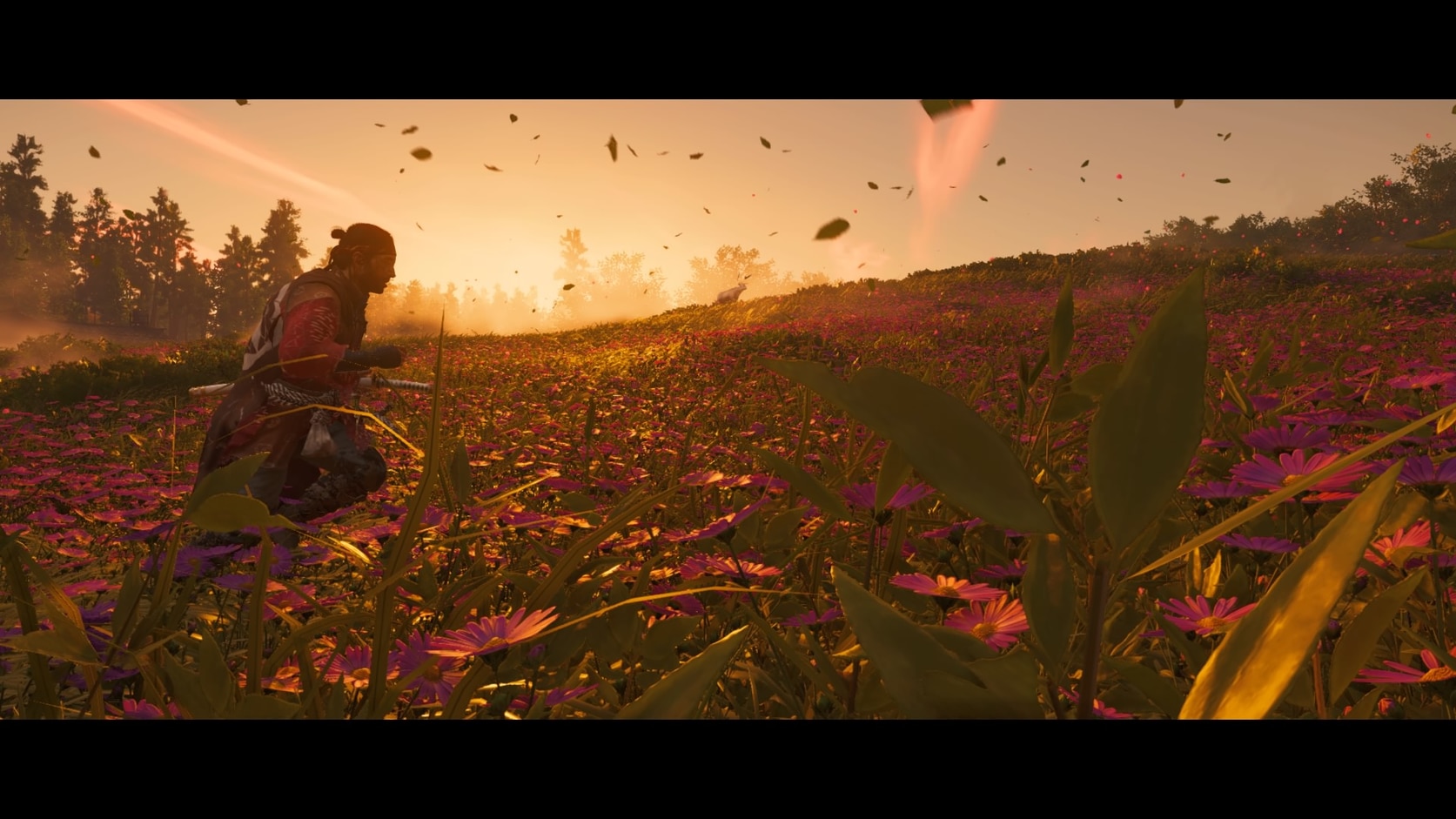
This simple shift in mechanics is so vital to the game’s success. Not only does it prove that Sucker Punch have set out to learn from the achievements of prior games in the genre, while also eliminating their drawbacks, but it also works in tandem with the game’s biggest temptation: its aesthetics. Ghost of Tsushima is, arguably, the prettiest game on the PS4. It may not be the most technically impressive in terms of animation, but no other AAA game comes close to Ghost of Tsushima’s vibrant color palette, its variation of biomes, and its sweeping vistas. The game boasts lightning-fast load times, an impressive draw distance, and a gorgeously varied color scheme, all of which work alongside jaw-dropping particle effects and natural physics (namely the behavior of the wind) to produce the most beautiful open world ever realized.
If you’re a developer who has worked tirelessly to produce an open world this beautiful, you owe it to yourself to avoid obscuring the player’s view with an ugly mini-map. This wind direction mechanic also helps feed into the game’s atmosphere. This is a game set on a southern Japanese island, populated by Shinto shrines, pampas grass, cherry blossoms, white sand beaches and lavender fields. There is a sense of spirituality, of natural harmony, to this game’s aesthetic, as cheesy as that may be. And giving the player the vague impression that the wind itself is on their side only helps build that spiritual atmosphere.
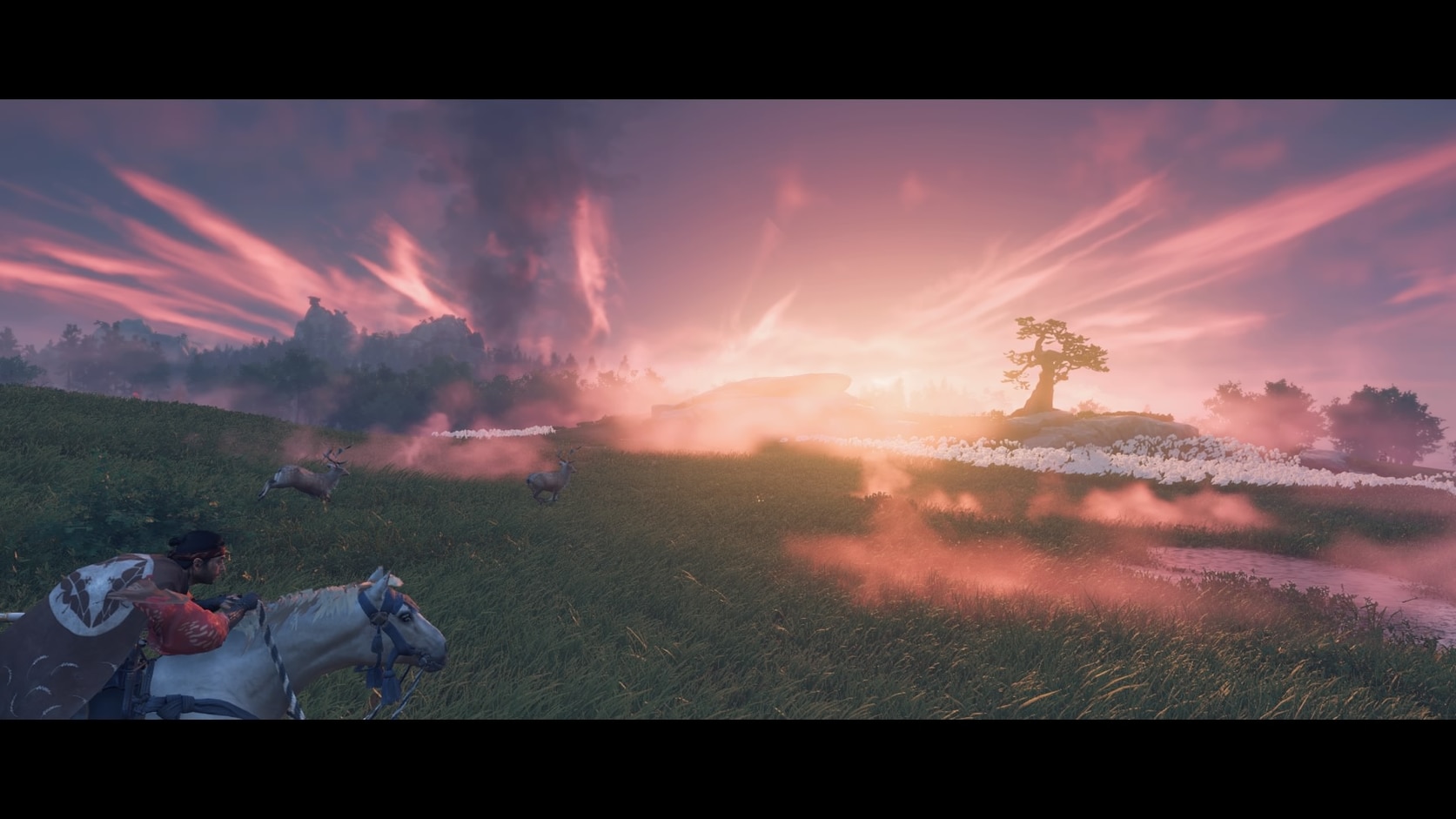
What we have here is a game that doesn’t miss a single opportunity to blend its setting (both in terms of geography and history) with its mechanics. Mini-maps are not in-keeping with the Kamakura Period Shinto samurai aesthetic. But wind manipulation certainly is. It subtly foreshadows the fate that the enemy Mongols will eventually meet, while also implying that nature itself is on your side as you fight the horde of invaders.
A Shinto World
Beyond the wind mechanic and the doing away with a mini-map, Ghost of Tsushima continues to double down on the “one with nature” tone by having the player organically meet their distractions and busywork via the intervention of birds and foxes. As you ride your horse across the island’s varied landscape, you’ll often come across fox dens. There, a fox will invite you to chase it across fields, over chasms, and up cliff faces to eventually arrive at an inari shrine, which will offer you a boost in stats.
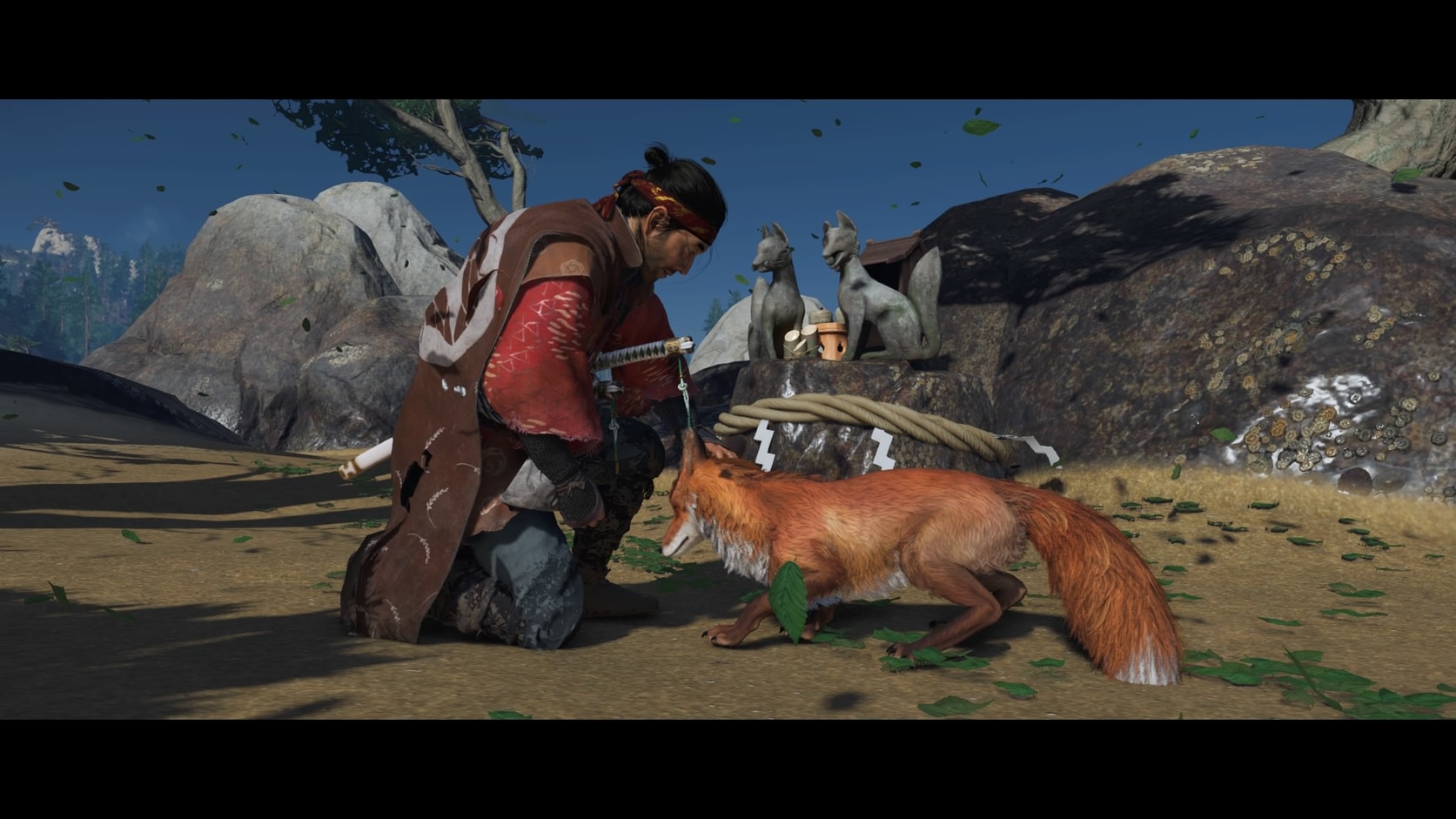
Similarly, as you ride, a golden bird will fly into your path and begin guiding you off the beaten track and to a place of interest: a hidden onsen to rest at and boost your health; an enemy base to take back control of; a local who desperately needs your aid.
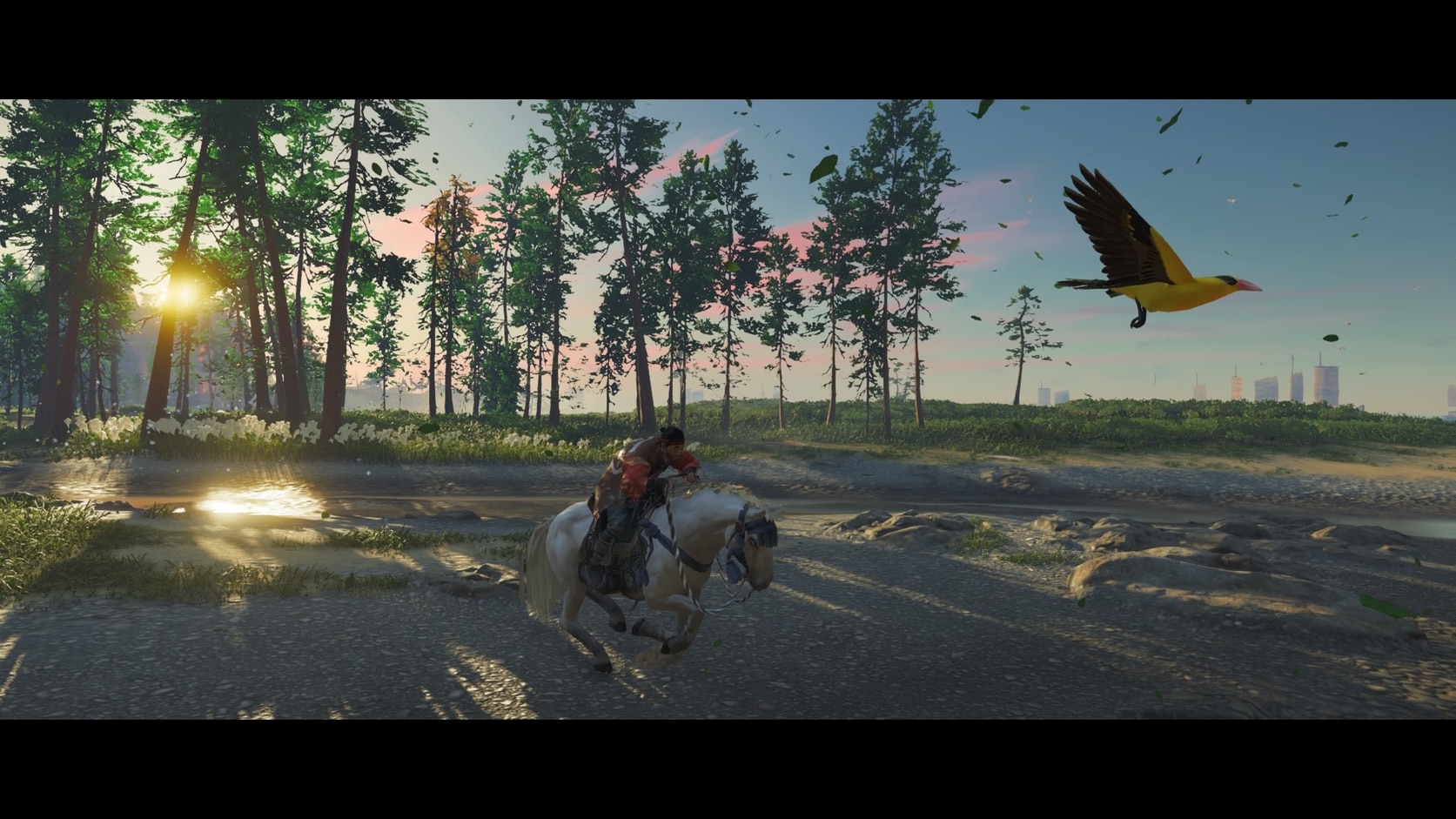
Sucker Punch are very aware of what they’ve managed to achieve with the aesthetics, physics, and vibrant color palette of this game — from the sunsets to the fallings leaves to the shimmer of dew on the rustling morning grass — so much so that they’ve incorporated a phenomenal photo mode that is almost a game in its own right. At any moment in the game, even during combat, you can pause, move the camera around, change the time of day, weather effects, and particle effects to achieve a perfect photo of the scene. All of this only serves to further encourage players to really enjoy the game’s visual triumphs.
“This is a game set on a southern Japanese island, populated by Shinto shrines, pampas grass, cherry blossoms, white sand beaches and lavender fields.”
These mechanics — the wind, the fox dens, and the golden birds — allow for an intensely immersive feeling of chance and organic exploration. They encourage the player to avoid checking maps, remain present in this beautiful world, follow the wind, and welcome distractions that randomly cross your path in the shape of foxes and birds.
It’s a seamless integration of theme, tone, and aesthetics with the gameplay mechanics, the likes of which we so rarely see in modern video games. This consideration of tone is reminiscent of how the intense and horrifying Dark Souls and Dead Space franchises avoided using pause screens to keep the pressure on. This inventive blend of tone, aesthetics, and mechanics is integral to making a polished gameplay experience.
Samurai or Ninja
One final mechanic that sets Ghost of Tsushima apart from its counterparts is the game’s combat. This is where the game most heavily resembles the Assassin’s Creed franchise. In Ghost of Tsushima, almost every combat encounter can be approached with silent stealth or with brute force: the sneaky ninja or the honorable samurai.
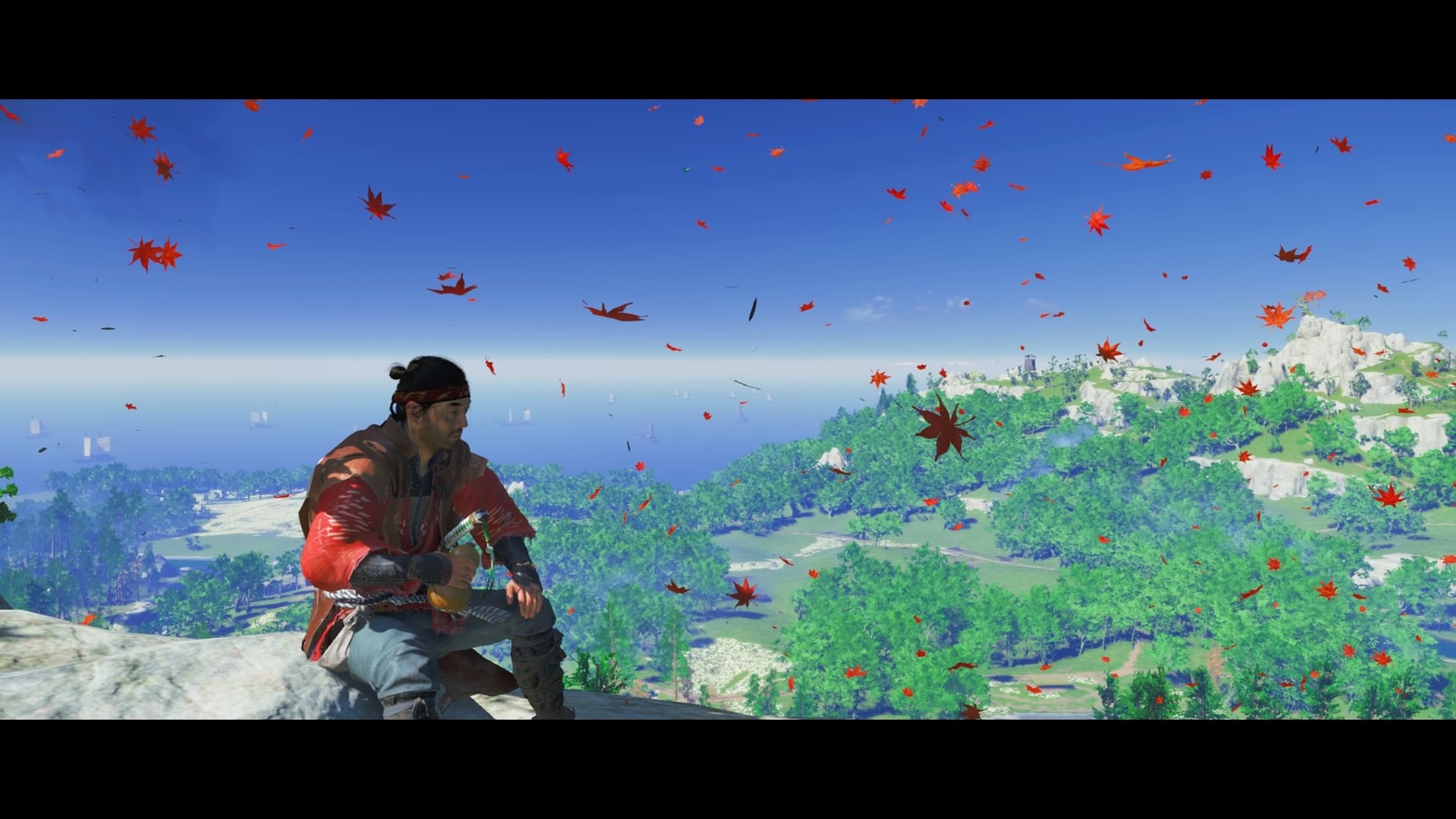
Stealth takes a leaf out of The Last of Us’ book and allows players to “see” through walls when tracking targets. It also gives the player a hefty toolbelt full of gadgets and skills to help make dispatching enemies fun, creative and varied. Meanwhile, combat is similar to that of the Batman: Arkham franchise and the already mentioned Assassin’s Creed games: a crowd of Mongols will gather around your samurai and you must use a blend of attacks, blocks, dodges and parries to outwit and outdo your foes.
Every aspect of this game’s combat has been seen somewhere before, but it’s how the game has learned so much from history to ensure that it copied only the good bits and trimmed the fat entirely. It does this by offering players choices that update and change as time goes on. A perfect example of this is how you can clear an enemy camp using stealth, slowly thinning their numbers bit by bit, and then hit a button to reveal yourself and finish off the last few enemies in an epic final brawl. This real-time shift in tactics and combat ensures that gameplay is mixed, blended and fluid. There are no boxes into which the player is forced. Instead, you’re free to pick how much of each combat style you wish to dedicate your time and energy to at any given moment.
Ghost of Tsushima is all about cherry-picking the best aspects of open-world design: the map, the aesthetics, the geography, the combat, the quest design, the exploration, stat building and so much more. It offers you a fluid and adaptable approach to both combat and exploration. You want to switch from stealth to combat? Do so at your leisure. You want to go off the beaten path? Wait for a bird to swoop in a guide your way to a new curiosity. And all of this only serves to enhance the themes, tone and aesthetics of the setting and time period.
For more recommendations on what to play this weekend, see this article.

